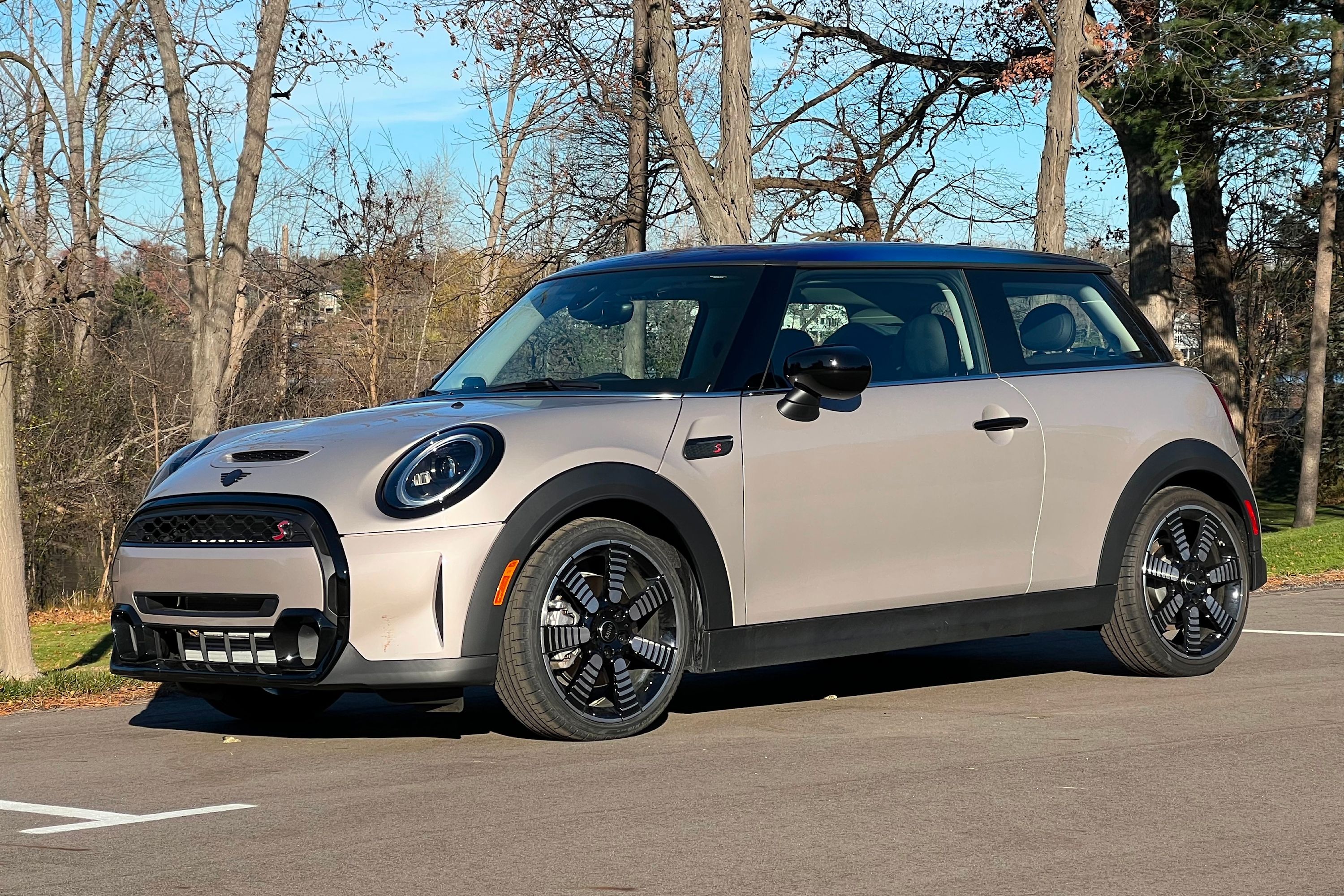
Automotive design is a true art, although it goes unnoticed by many. It's more than just putting pen to paper, it's about designing things can are functional, aerodynamic, and crucially, beautiful to look at - turning mechanical objects into items that evoke emotion, that stir the soul, and in some cases, that look fast even when standing still. But there are design challenges more difficult than being tasked with redesigning a style icon, crafting your own version of a classic silhouette that has become iconic and is used as the benchmark against which all other automotive design is compared.
That was the challenge handed to Frank Stephenson, however, when he was tasked with giving new life to the new Mini Cooper after the original Alec Issigonis design had been unaltered for four decades. The man was clearly up to the task, however, which should come as no surprise since he was also the man responsible for designs such as the Ferrari F430, Maserati MC12, and the McLaren P1. The Mini was his earliest notable effort, however, and in a new video from the man himself, he details how he went about it.
In the video, he breaks it down to the simple design elements, like the three-layer design encompassing the Mini's roof, windows, and body - a key element to retain. Another key design element was the short front and rear overhang, which gave the car an incredibly compact presence, and allowed BMW to grow the Mini Cooper in size without compromising its internal space. Of course, there were easier design elements to retain, such as the round headlights, but Frank even goes on to explain how these had to be angled for the sake of aerodynamics. There were more subtle British influences in the design, too like a protruding underbite reminiscent of the British Bulldog.
The video also gives us insight into general design traits the automotive elite use to subtly influence the buying public, like all design lines meeting at the same vanishing point for what Stephenson calls a 'sense of stability' in the design. We hear about the laws of proportions, including the 'Golden Ratio' to give it a timeless look that's easy on the eye. It's a fascinating look into what goes on behind the scenes, and considering Stephenson managed to pull off the same trick with the Fiat 500, we think his opinion is certainly valid.
